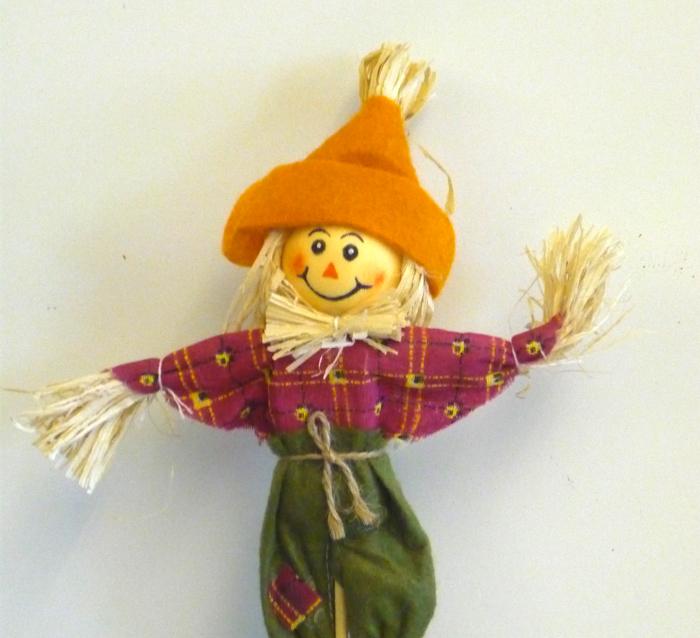The Origin of Halloween
September 17, 2014
Every year thousands, if not millions, of Americans dress up and celebrate the date of October 31. We go to parties, get candy and many other forms of celebrating this spooky holiday that we all love so much. However, not many of us actually know what this holiday is about; we may think it’s about getting candy or dressing up in our best costumes, and maybe that’s what we have made it into, but that is not it’s original meaning, in fact it’s far from it.
In it’s early stages, Halloween wasn’t even Halloween, it didn’t exist at all. There was another holiday that was celebrated at the end of the harvest season known as Samhain (pronounced sah-win). During Samhain it was believed that the dead and those in the “otherworld” were able to mingle amongst the living. In turn, the living made sacrifices of animals, fruits, and vegetables and participated in other cultural events such as bonfires in order to help the dead along their journey. These bonfires also served to repel the dead to keep them away from those who were still living.
After many years of practice, Samhain was transformed because of many Christian missionaries that tried to change the practice of the the Celtic people. Pope Gregory the First instructed his missionaries to use the pagan holidays instead of destroying them. This resulted in Halloween, a holiday that still honors the original idea but is different in all ways necessary for the Christians of the time period. The Christians moved the holiday to coincide with the Feast of All Saints, in order to please both the Celts and the Christians. It has developed over the years into an enjoyable event that prompts much joy and consumption of sweets; where there were once real ghosts and ghouls, there are now little kids enjoying themselves on a fun night encouraged by their parents.
